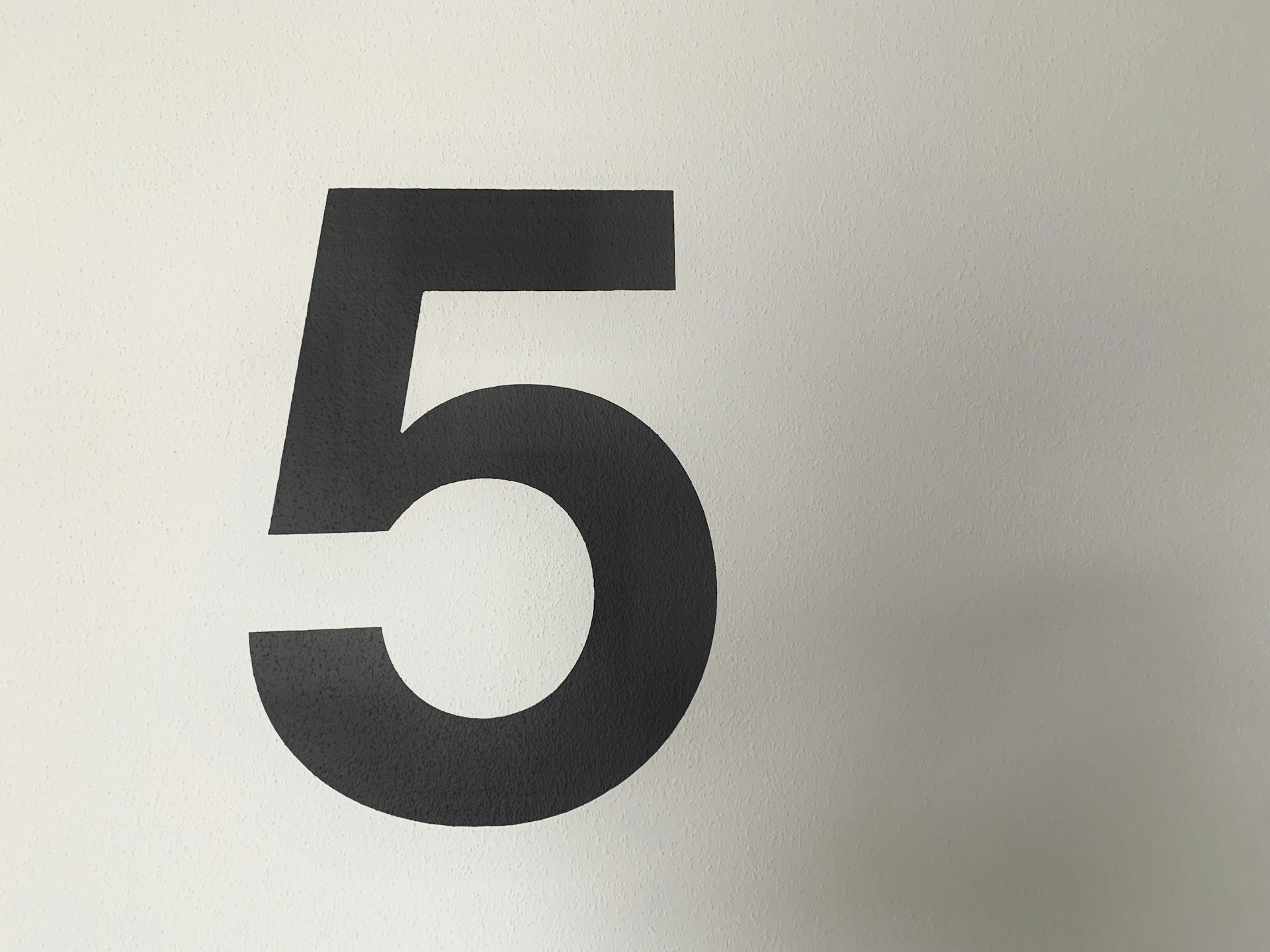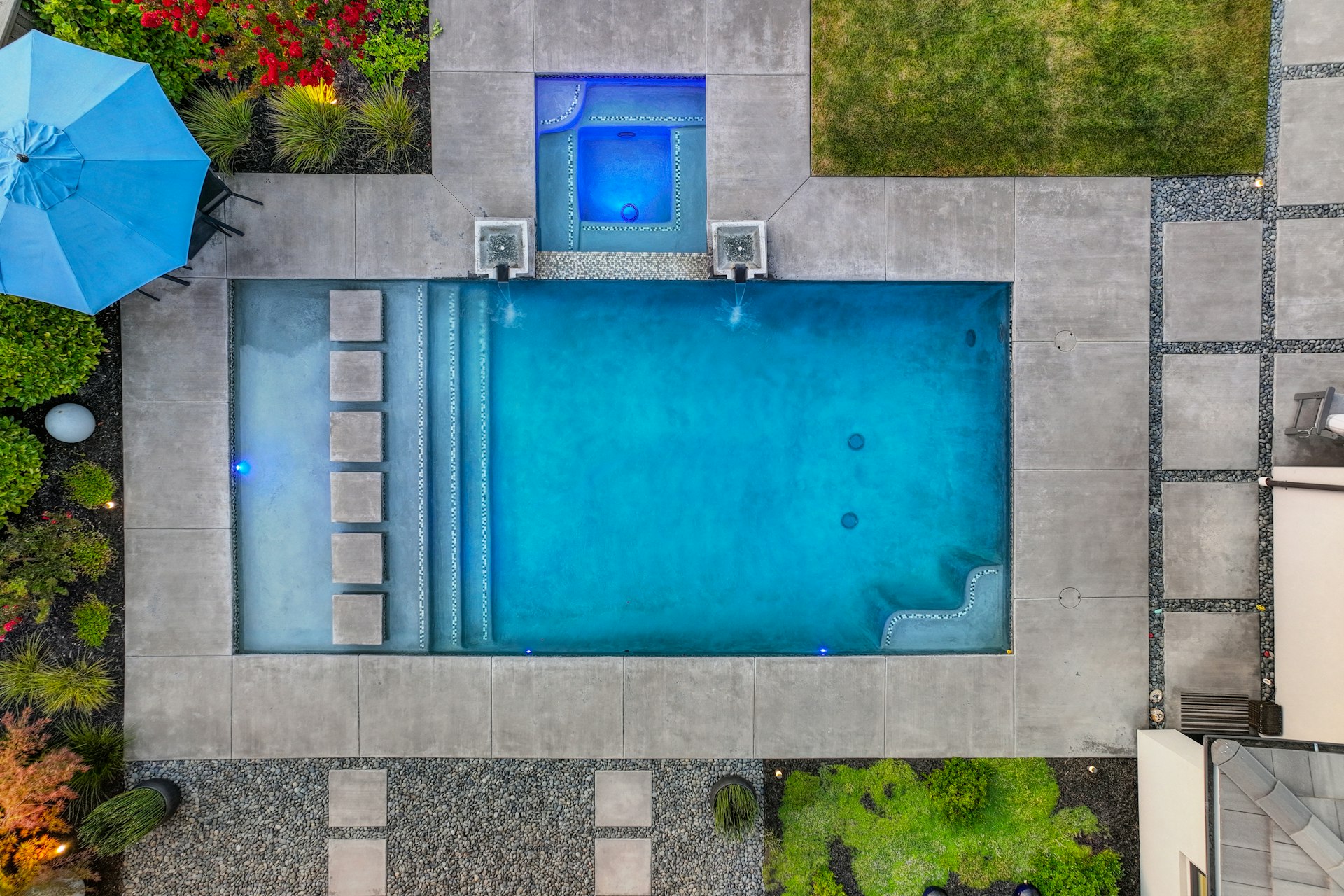Mastering Healthy Digital Lifestyle Habits for Well-Being and Productivity

Photo by Hrushi Chavhan on Unsplash
Introduction: The Importance of Healthy Digital Lifestyle Habits
In today’s hyper-connected world, technology is an integral part of our daily lives, offering convenience, access to information, and new opportunities for connection. However, excessive or mindless digital use can lead to stress, decreased productivity, and negative impacts on mental and physical health. Developing healthy digital lifestyle habits is essential for maintaining balance and ensuring technology serves as a tool for personal and professional growth, rather than a source of distraction or anxiety [1] .
Intentional Screen Time: Making Conscious Choices
One of the most powerful habits is practicing intentional screen time . Instead of instinctively reaching for a device, pause and consider your purpose for using it. This simple act can help shift your relationship with technology from reactive to proactive. To implement this habit, you can:
- Place a note or sticker on your devices with the word “Purpose?” as a visual reminder.
- Use apps like Forest or Focus that prompt you to state your intention before accessing certain features.
- Track your daily usage patterns and reward yourself for meeting intentional use goals [1] .
People who practice intentional screen time report improved focus and reduced stress, as their digital interactions align more closely with their values and priorities.
Establishing Tech-Free Zones and Times
Creating tech-free zones and periods in your home or schedule is a proven method to protect your time and relationships. For example, designate your bedroom or dining table as device-free spaces. Consider setting boundaries such as:
- No phones during meals or family conversations.
- Scheduled “Do Not Disturb” modes for morning and bedtime routines.
- Physical baskets or signs marking tech-free areas [1] [2] .
Pairing tech-free time with enjoyable offline activities-such as walks, hobbies, or time with loved ones-can help reinforce the habit and make it rewarding. Many families have found that tech-free dinners improve communication and strengthen relationships.
Setting Social Media Boundaries
Social media can be a valuable tool for connection and information, but unchecked use often leads to distraction and diminished well-being. To create healthy boundaries:
- Turn off non-essential notifications to reduce interruptions.
- Designate specific times for checking social media rather than sporadic browsing throughout the day.
- Unfollow or mute accounts that negatively affect your mood or mental health [2] [4] .
Regularly reviewing your social media feeds and curating them to include only positive and relevant content can help foster a more supportive digital environment.
Mindful Consumption of Digital Content
Being selective and mindful about the content you consume is crucial for digital wellness. Rather than getting lost in viral videos or endless news feeds, choose content that enriches your day-such as educational articles, uplifting music, or inspiring stories. To implement mindful consumption:
- Identify your primary reasons for using digital platforms and stick to those purposes.
- Use browser extensions or apps to monitor and limit time spent on non-productive sites [3] .
- Replace low-value content with resources that support your goals and interests.
Studies show that mindful digital use can lead to improved mental health and greater satisfaction [2] .
Regular Digital Detox and Screen Breaks
A digital detox involves taking intentional breaks from electronic devices to reconnect with yourself and your environment. This practice is linked to lower stress, enhanced focus, and better sleep. To get started:
- Schedule device-free days or specific hours each week.
- Engage in offline activities like reading, outdoor exercise, or creative hobbies.
- Try the 20-20-20 rule: every 20 minutes, look at something 20 feet away for 20 seconds to reduce eye strain [5] .
Many people find that regular digital detox periods help them feel refreshed and more present in their daily lives.
Tracking and Organizing Digital Activities
Effective tracking and organization of your digital activities can help you stay in control and increase productivity. Tools like activity trackers or browser extensions log your usage patterns and provide insights for improvement. Steps to implement:
- Use software to monitor time spent on different websites or apps, such as the free Time Management Assistant browser extension [3] .
- Organize digital files and declutter your desktop monthly to reduce stress and improve focus.
- Back up important data regularly to prevent loss and maintain security.
Well-organized digital spaces can lead to a clearer mind and streamlined workflows.
Prioritizing Real-Life Relationships
While digital tools facilitate communication, prioritizing real-life relationships is essential for emotional well-being. Make time for in-person interactions, and avoid letting digital engagements replace or disrupt meaningful offline connections. To do so:
- Schedule regular meetups or calls with friends and family.
- Put devices away during important conversations or social gatherings.
- Participate in community activities or shared hobbies [2] .
Research consistently shows that strong offline relationships are key to happiness and resilience.
Managing Notifications and Multitasking
Constant notifications and frequent multitasking can fragment attention and reduce productivity. To regain focus:
- Customize notification settings to minimize disruptions, especially during work hours and at night [5] .
- Limit multitasking by focusing on one task at a time and using tools to block distracting apps.
- Take regular breaks to recharge and avoid digital fatigue [4] .
Setting boundaries around your device’s notifications and resisting the urge to multitask can help restore your ability to concentrate and complete tasks efficiently.
Alternative Approaches and Overcoming Challenges
Adopting new habits can be challenging, especially in environments where digital use is mandatory for work or study. If you struggle to disconnect or set boundaries, consider:
- Gradually decreasing screen time in small increments.
- Seeking support from family, friends, or online communities focused on digital wellness.
- Consulting mental health professionals if digital use is impacting your well-being.
Remember, progress is gradual, and setbacks are normal. Celebrate small wins and continue refining your approach until you find a balance that works for you.
Accessing Resources and Support
For further guidance, you can:
- Search for “digital wellness programs” through reputable organizations or local community centers.
- Use official app stores to find verified digital well-being tools and screen time tracking apps.
- Visit health-focused organizations, such as the American Psychological Association, for research and support on technology’s impact on mental health.
If you need professional help, consult a licensed therapist or counselor experienced in digital wellness and behavioral change.
Key Takeaways
Building healthy digital lifestyle habits is about making technology work for you-not the other way around. Through intentional use, clear boundaries, mindful consumption, and regular detox periods, you can reclaim your time, improve your well-being, and foster deeper relationships. Start with small changes, stay consistent, and seek support when needed. The benefits of a balanced digital life are well worth the effort.

Photo by Wesley Shen on Unsplash
References
- [1] Moore Momentum (2023). 10 Healthy Digital Habits to Master Technology Before Letting It Master You.
- [2] Institute for Integrative Nutrition (2023). 8 Digital Habits to Protect Your Mental Health.
- [3] actiTIME (2023). 14 Healthy Digital Habits for Higher Productivity.
- [4] alive magazine (2023). 10 Habits of People Who Prioritize Digital Wellness.
- [5] Metro YMCA of the Oranges (2023). Healthy Habits to Build in the Digital Age.



